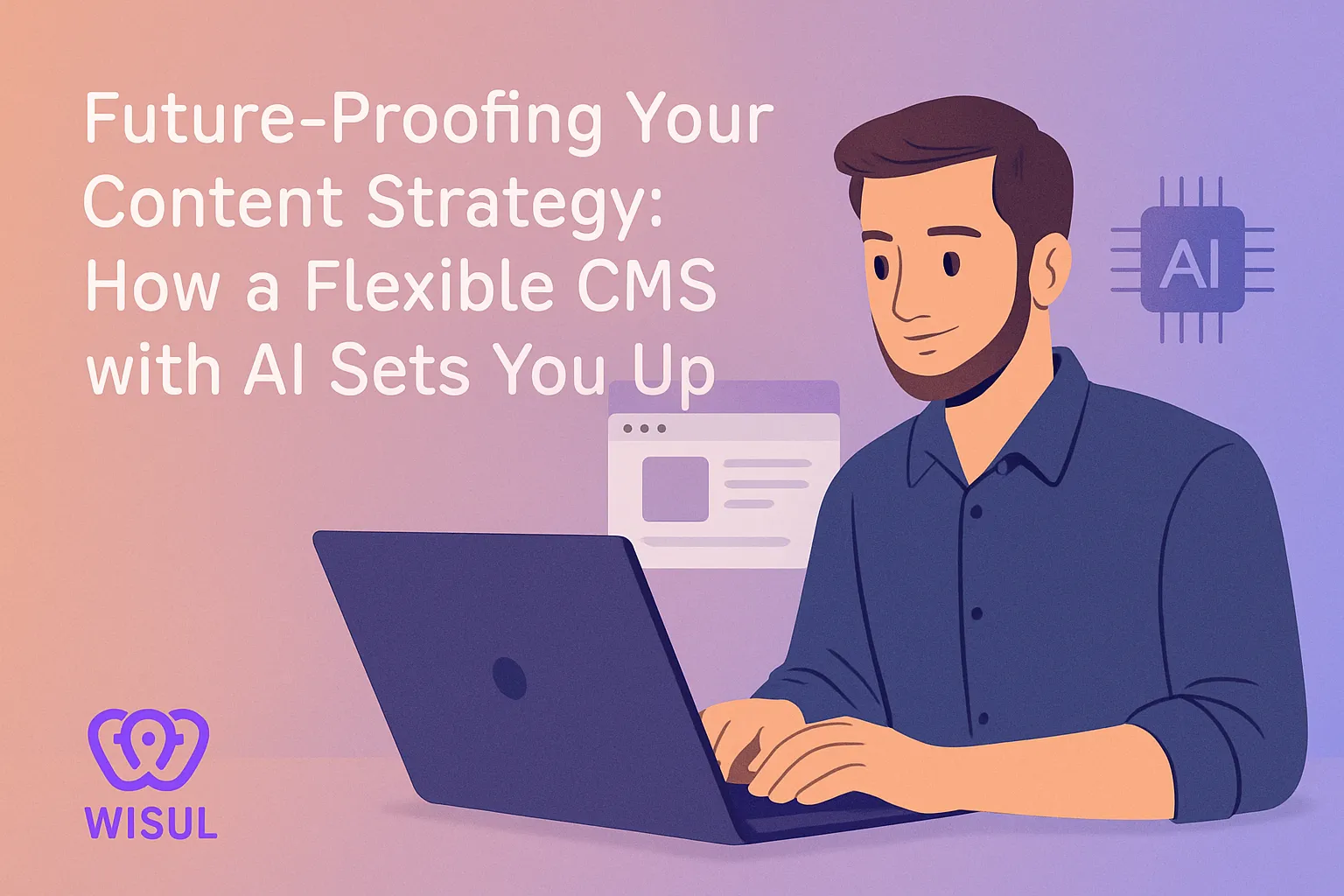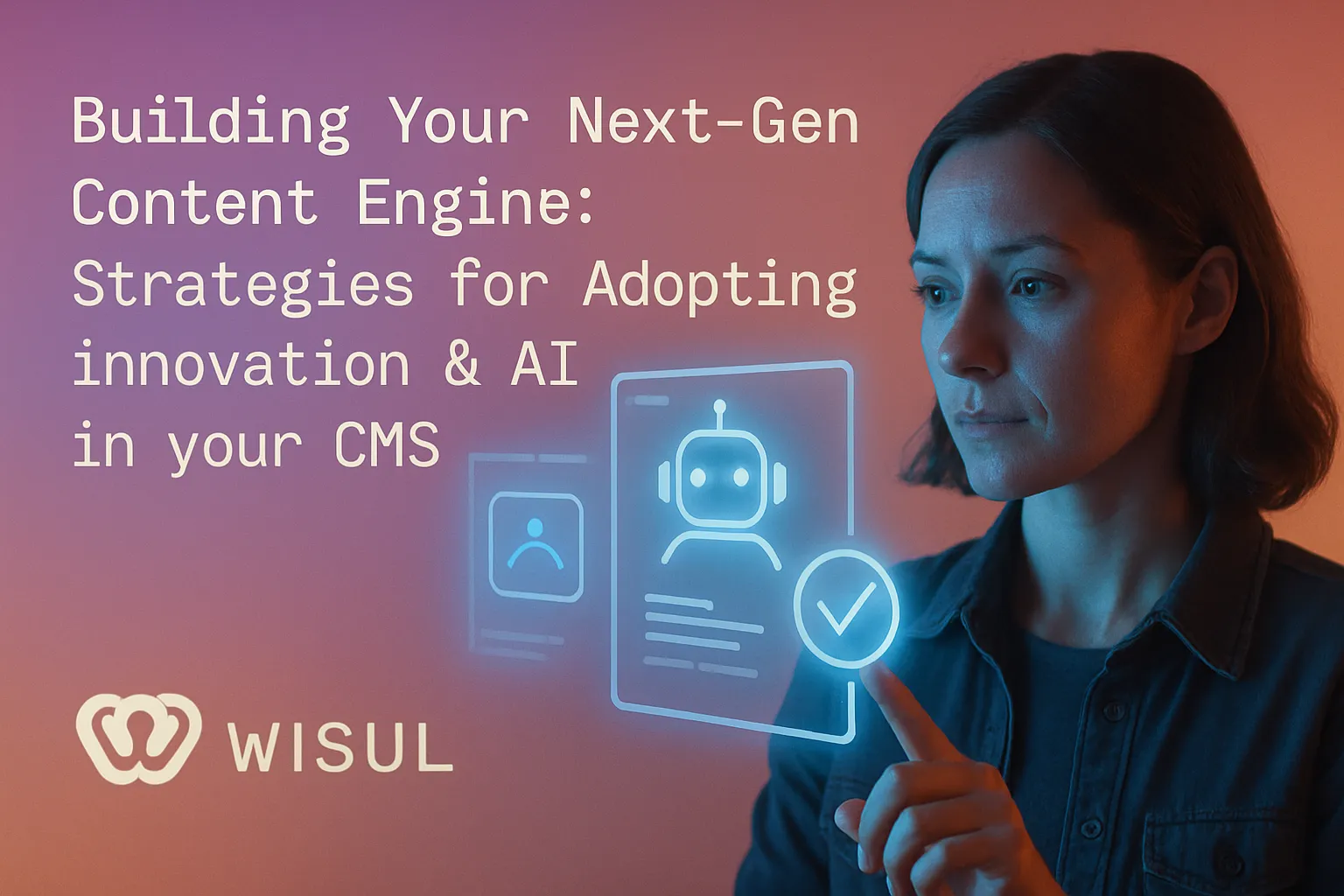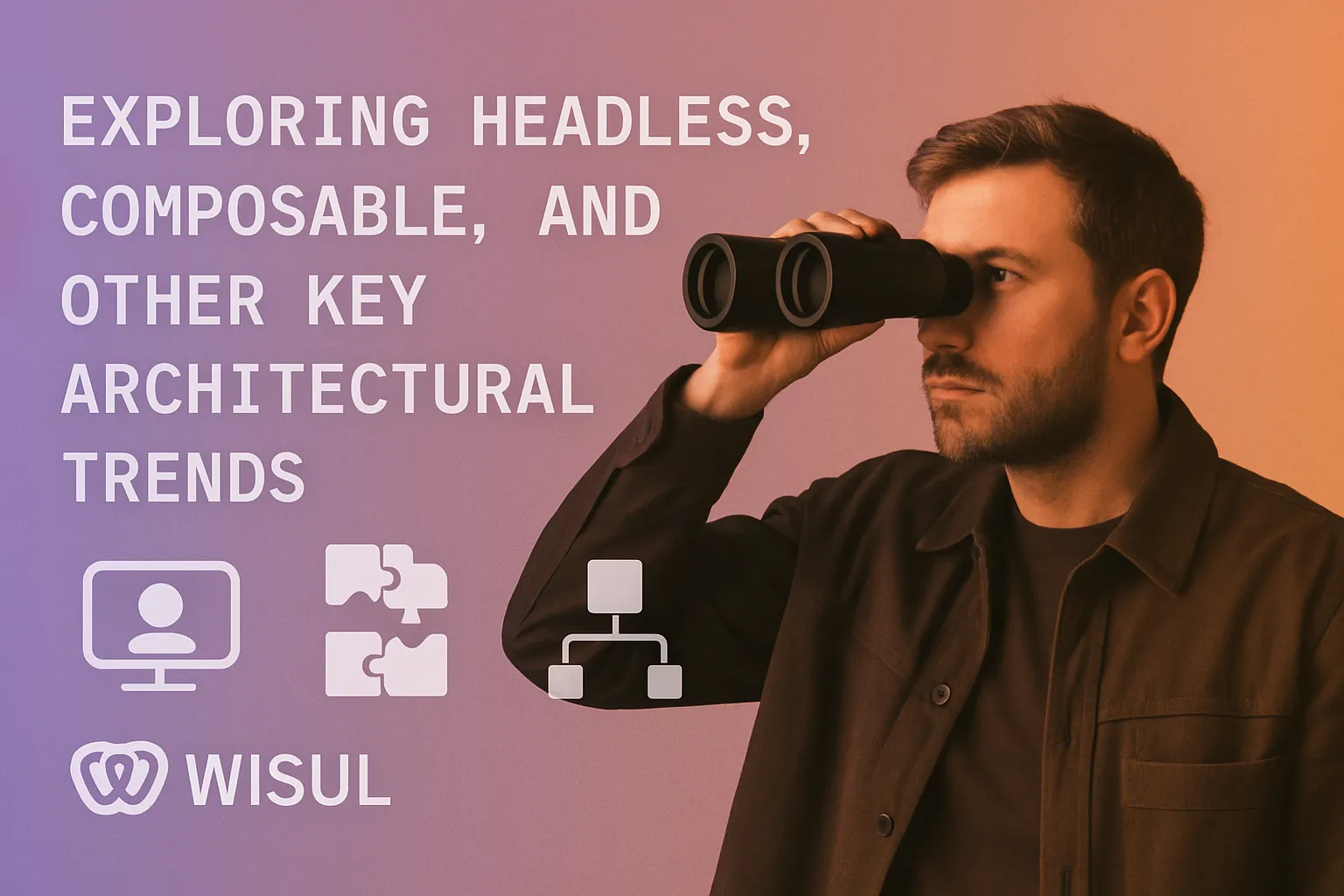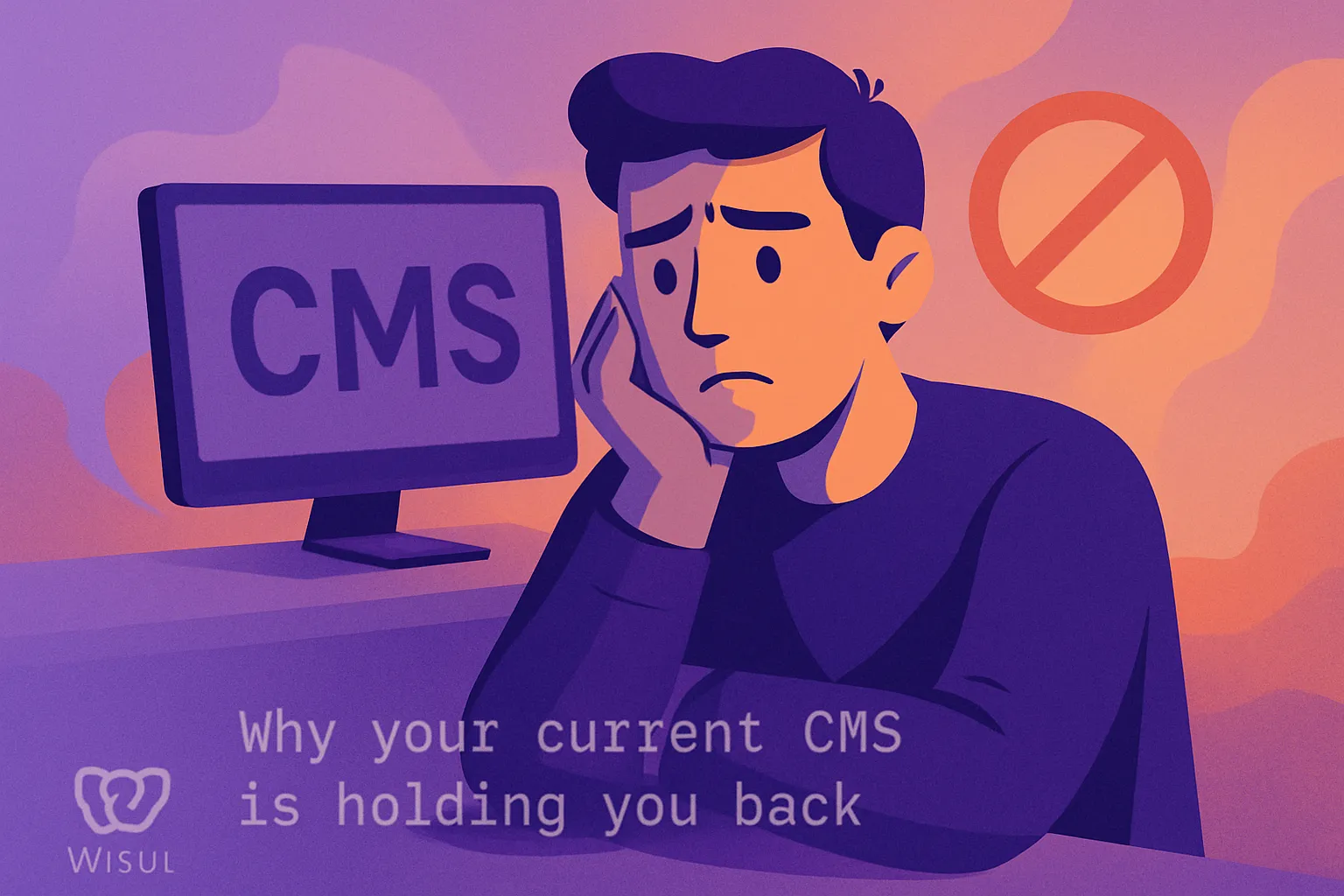- Key Takeaways
- Why Current Strategies Fail
- Build Your Resilient Strategy
- The AI-Powered CMS Advantage
- Innovate with Emerging Formats
- Adopt a Living Content Model
- Measure Future Success
- Conclusion
- Frequently Asked Questions
- Why do many content strategies fail today?
- How can I make my content strategy more resilient?
- What is the benefit of an AI-powered CMS?
- Why should I use emerging content formats?
- What is a living content model?
- How do I measure the success of my content strategy?
- How does content strategy innovation benefit global audiences?
Key Takeaways
- As audience tastes, digital algorithms, and market conditions evolve at an ever-increasing pace across the globe, remaining flexible in your content strategy is essential.
- Differentiation is key to break through content saturation and fatigue among audiences, which necessitates never letting a brand’s formats and storytelling to become stale.
- By leveraging AI-powered tools and analytics, we can achieve more efficient content creation, deeper personalization, and predictive planning — resulting in enhanced audience engagement and measurable outcomes.
- A living content model, with constant updates and user co-creation, keeps your content fresh, factual, and social in an ever-shifting digital landscape.
- Defining governance, ethical AI, and audits protects content quality, promotes collaboration, and supports international norms for responsible content stewardship.
- Measuring performance with holistic KPIs like engagement depth, audience loyalty and adaptability offers actionable feedback to inform ongoing strategic refinement for varied audiences.
Content strategy innovation refers to innovations in how to strategize, produce, and distribute digital content that matches shifting patterns and consumer demands.
Teams today leverage data, real-time feedback, and smart tools to mold content that operates across multiple platforms and audiences. Faster tools, more data to help people find what they want and brands reach more users.
To detect true gains with content strategy innovation, emphasize adaptable schemes, defined objectives, and sincere monitoring.
Why Current Strategies Fail
The combination of content overload, fluid algorithms, and evolving audience habits keeps brands on edge. With so many voices out there online, even good strategies fail if they don’t adapt quickly enough or put the audience first.
Content Saturation
With infinite content flooding onto platforms every minute, attention is getting divided. Brands are in a crowded place now, where nearly every niche is flooded. The battle for attention is fierce, especially for startups or small players who don’t have a large audience.
A famous case is the tidal wave of how-to videos on worldwide platforms. If all the videos appear or sound identical, users quit. Brands regurgitate subjects, praying for a success, yet the similarity repels others. It’s not about quantity, but impact.
- Focus on unique angles or local perspectives.
- Use data to spot gaps in the market.
- Pick stories or formats not yet overused.
- Partner with voices from outside your usual circle.
- Test new content types regularly.
To make content pop requires smart strategy and audacious thinking. Effective strategies employ new imagery, interactive components, or provide value that’s not easy to obtain elsewhere.
Audience Fatigue
Fatigue manifests in declining views, decreased shares, and diminished comments. When users see too many of the same posts or topics, they pull away, sometimes permanently.
It’s key to solicit input, conduct frequent surveys, and monitor the metrics for effectiveness. Mix up the formats–short videos, podcasts, infographics. This shatters routine and maintains novelty.
User-first content works best. When a brand hears what people desire and evolves, engagement increases. Miss this one, and your stats fall quickly.
Algorithm Shifts
Platforms alter their rules constantly. A minor adjustment can bury your posts from new eyes overnight. Brands have to follow these shifts or their content won’t appear in feeds.
Being current means watching trade news, chatting with associates, and applying SEO fundamentals such as effective titling and relevant keywords. Brands that experiment and iterate with their content style perform better when the ground rules change.
Those that overlook changes frequently experience a steep plummet in reach.
Adaptability
It’s not sufficient to have a once-and-for-all plan. The online world is rapid, and audiences are swift. Monthly audits, new tools, and ongoing learning — all musts.
Skip these steps and a strategy will be left in the dust.
Build Your Resilient Strategy
A resilient content strategy withstands change, setbacks, and criticism. It directs teams, maintains content relevancy, and expands with evolving business demands. Good strategies get ready for market changes, personnel transitions, and innovation jams.
1. Redefine Goals
Content goals that are clear and measurable produce results and keep teams focused even when priorities change. A resilient strategy involves revisiting goals frequently—check in quarterly or after major market shifts. Feedback is pivotal.
Employ surveys, analytics, and direct response to test if goals remain appropriate. Tie these goals to bigger business plans so content always supports larger company aims.
2. Anticipate Needs
Knowing what your audience wants next makes your strategy agile. Consistent market research–such as trend analysis and search data–reveals what’s important today and what’s approaching. Social listening and community engagement help identify new questions or pain points.
Build content that answers what they most ask. For instance, health care teams might update FAQs or explainer videos to reflect new guidelines or patient concerns.
Analytics tools—think GA or Matomo—reveal what is or isn’t doing well or may need to be refreshed. Surveys, polls, and DM’s give real user stories.
Construct new material based on these insights, like onboarding guides, troubleshooting tips or region-specific case studies. Being future needs focused equips teams to meet sudden shifts, whether it’s a platform update or a world event.
3. Audit for Agility
Auditing your content library keeps it fresh and on point. Audit, twice a year, checking for stale facts or dead links. List holes — perhaps absent formats or subjects.
Simplify the way you refresh posts or exchange images, so you can respond quickly to new information. An adaptable strategy includes refreshing copy or adjusting voice if markets or squads pivot.
A robust audit process detects risk, such as stale information or deceptive assertions. Maintaining fresh content is key to establishing user confidence and defending against disinformation.
Teams that react quickly to feedback or news can prevent big disasters and retain their constituency.
4. Map Experiences
User journey maps illustrate where and in what way users engage with your content. Identify important interaction points—such as initial visits, registrations, or problem resolution actions.
Put these to good use with useful, simple content. Experiment and hone with actual users. Leverage data to optimize journeys, targeting seamless, valuable experiences.
Small edits—like clearer calls-to-action—frequently increase outcomes. Check maps frequently. A minor alteration can move user requirements. Always put user priorities first.
5. Establish Governance
Establish responsibilities and expectations for all members of the content team. Apply explicit guidelines for creating, verifying, and disseminating information.
Second, ensure that all posts are consistent with your brand and values. Establish team meetings to exchange feedback and ideas.
The AI-Powered CMS Advantage

AI-powered CMS are transforming the way teams strategize, develop, and distribute content. These platforms incorporate intelligent services to assist with drudge work, analyze data, and personalize content for each reader. They save time and make content more valuable, regardless of where the team works or who the audience might be.
AI tools can generate content ideas, draft posts, and even recommend headlines by learning what resonates across regions and sectors.
Predictive analytics allowed teams to identify what subjects would be in demand, enabling them to produce content that addressed actual demand.
Automated personalization uses AI to align content to every user’s interests and history, ensuring every visitor receives a personalized experience.
Seamless integration allows teams to add AI capabilities to their existing CMS with less friction, via APIs and intuitive interfaces.
Intelligent Creation
AI writing assistants now assist teams in drafting posts, tagging images, and even identifying coverage gaps. An AI-enabled CMS can detect what topics are popular in what markets, instantly highlight where content gaps exist and automate menial tasks like image tagging or SEO audits.
Content teams can leverage these insights to experiment with new ideas, optimize formats, and minimize manual labor. For instance, a worldwide news site might leverage AI to recommend hot topics in various languages, thus assisting editors in identifying the most relevant stories for each locale.
Predictive Insights
Predictive analytics help teams forecast what content will resonate. By peeking at historical engagement, AI can reveal what topics or formats receive the highest number of clicks and shares. This allows teams to strategize, prioritize high-impact concepts, and reduce wasted work.
Predictive Tool | Content Performance Impact |
|---|---|
Trend Analysis | Finds topics before they peak |
User Behavior Modelling | Matches formats to audience habits |
Engagement Forecasting | Plans timing for best reach |
SEO Opportunity Finder | Optimizes content for search engines |
Teams leverage these tools to make better decisions, eliminate guesswork, and ensure their content strategy aligns with actual trends and user demand.
Automated Personalization
AI-powered personalization enables personalized content for every user. AI monitors user behavior, segments audiences, and serves up posts, videos, or offers that match each group’s interests. In the long run, this results in more clicks, more time spent on site, and greater engagement.
Teams track the outcomes, and then adjust the system to optimize what is displayed. It’s this virtuous cycle that enables global brands to speak to each user in a way that’s relevant, regardless of their context or location.
Seamless Integration
Teams can connect AI capabilities to their CMS with straightforward APIs. This arrangement allows designers, writers, and data analysts to collaborate under a single roof.
The interface is designed for simplicity, so anybody can locate anything quickly. That keeps teams on the same page and content quality high.
Innovate with Emerging Formats
Content strategy, after all, no longer just requires posts or linear articles. The emergence of formats such as AR, VR, 360 video and interactive infographics has transformed how companies connect with global audiences.
These new formats bring greater dimensionality, encourage user interaction, and dare to innovate new limits for storytelling and engagement.
Interactive Content
Quizzes and polls engage users and make every visit singular. Interactive infographics convert data into an experience, allowing users to discover information at their own rate.
Gamification increases retention. When users earn badges or unlock content or compete on leaderboards, they return. Interactive storytelling, such as when users select story branches or endings, fosters a greater feeling of ownership and involvement.
Platforms like interactive videos make content two-way–viewers select what to view next, which increases time-on-site and conversions. Measurement is key: tracking engagement and conversions helps refine these formats to deliver even higher value.
Immersive Experiences
Augmented reality, which layers digital information onto the physical environment, lets you interact with a product or location in real time.
Virtual reality goes beyond this, immersing users in fully interactive environments. With 360 videos, viewers enter “into” a story and get a deeper perspective on complicated subjects — whether it’s touring a factory or walking through a historic monument from the comfort of anywhere in the world.
Multimedia integration—melding video, sound and interactive layers—makes content more dense and unforgettable. User engagement and feedback from immersive projects inform updates, keeping the content relevant and impactful.
Dynamic Storytelling
Storytelling can now be dynamic, changing as determined by user preference or interaction. Personalized stories, fueled by real-time data, keep content fresh — whether in an email campaign or a mobile app experience.
Multimedia elements—audio, animation, or voice-enabled navigation—make stories engaging and easy to consume. By innovating with various formats—like branching narratives or modular content—you discover what’s most effective with different audiences and in different contexts.
Adopt a Living Content Model

A living content model means content is constantly moving—refreshed, user-generated, and directed by authentic demands. It transcends buzzwords, providing teams with practical means to make content more valuable and more discoverable. Others consider it a fresh label for ancient concepts, but used properly, it can bring teams closer, transform unstructured information into genuine capital, and establish a consistent momentum between strategists and marketers.
It creates space for diverse perspectives and practices for global teams.
- Set a schedule for regular reviews and updates
- Turn to analytics to identify what requires updating or purging.
- Ask for user feedback to shape content
- Build a habit of steady improvement
- Support user co-creation to grow community
- Use social media for content ideas and feedback
- Reward and show off user work
- Use tools that make teamwork simple
- Lay out rules for ethical AI use
- Stay open about how AI shapes content
- Check for bias or errors in AI output
- Teach teams how to use AI the right way
Perpetual Updates
Teams have to review content on a schedule, not once a year or when traffic sinks. This includes scheduling periodic reminders to scrub them, leveraging analytics to understand what visitors view, and incorporating feedback to identify gaps or outdated information.
Updates cannot be haphazard; they have to fit into a plan and a culture that says, “We can always do better.” This will keep your content evergreen as the world evolves.
User Co-Creation
Democratizing content creation changes the game. Solicit input, allow individuals to submit concepts, and leverage social networks to simplify. Showcase user work—this fosters pride and helps maintain community strength.
Features like shared docs or forums can empower teams and users to collaborate, improving the content for all.
Ethical AI Use
AI can accelerate content work, but it needs to be applied carefully. Set explicit guidelines for when and how AI can assist. Always inform users when AI authors or modifies content, and verify the output for bias.
Teams need to understand not only how to leverage AI, but why thoughtful application is important.
Measure Future Success

Success in innovating your content strategy requires clear means of measuring success. It’s the ability to track the right metrics, listen to the audience and adapt content in real time that helps brands stay ahead. Measuring future success is about measuring how well content meets user needs, how well it keeps people coming back and how fast teams respond to change.
Key performance indicators (KPIs): List includes organic traffic, keyword rankings, interaction rates, conversions, and customer lifetime value (CLV). Each reveals a distinct fragment of the content’s influence. For instance, increasing keyword rankings on Google helps illustrate how effective search optimization is. Monitoring CLV identifies your most valuable sources of customers, allowing you to concentrate your efforts effectively.
Engagement metrics: Metrics like time on page, scroll depth, and click rates show how deep users go into your content. Tools such as Google Analytics and heatmaps provide data that indicates what’s effective.
Loyalty signals: Track return visits, subscription rates, and content shares to spot loyal readers. Regular shares and revisits indicate your content provides value and creates credibility.
Adaptability: Use feedback from interviews and performance data to see how fast content meets changing needs. Recycling and refreshing content keeps it fresh.
Engagement Depth
Time on page, scroll rates and clicks indicate how users behave with various content. Some readers favor deep dive guides, while others want tips fast. Heatmaps help identify where users click most.
It’s this data that helps you determine what to make next, or which layout hits the target more effectively. Viewing which formats generate more comments or shares can direct future planning.
Audience Loyalty
Return visitors and stronger subscriptions indicate your audience is returning. Provide personal or periodic content to increase stickiness. User feedback—via surveys or interviews—helps identify what makes them stick.
Over time, this data can guide major content pivots.
Content Adaptability
Fast news counts. Fast-moving trends require teams to have agile workflows. Monthly keyword reviews detect new needs. Industry tools such as SEMRush allow you to monitor changes and refresh material before it’s stale.
A nimble office environment allows scribes to spring onto emerging topics or styles as necessary, so copy never becomes stale.
Conclusion
Great content strategy rests on innovative thinking and intelligent application of technology. AI removes existing constraints. New formats such as short clips and live streams get to people quickly. Living content models keep teams agile. Teams exchange concepts, conduct audacious experiments, and gain insight from actual information. Rudimentary equipment and immediate reaction demonstrate what’s effective. Teams leverage these victories to craft smarter strategies, not chase fads. A good scheme requires grit, goals, and open minds. Start small, observe where it works, and stay sharp. Share your own wins or lessons with the community. Every innovative concept propels us forward, regardless of our beginnings or our implements.
Frequently Asked Questions
Why do many content strategies fail today?
Where most content strategies go wrong 3) A little updating and audience research goes a long way toward continued success.
How can I make my content strategy more resilient?
Construct your armor—be trend-savvy, use flexible platforms, anticipate swift pivots. Do periodic performance reviews and shift your strategy based on data.
What is the benefit of an AI-powered CMS?
An AI-powered CMS automates, personalizes, and streamlines. It aids in distributing pertinent stuff more quickly, a time and cost saver.
Why should I use emerging content formats?
New formats—video, interactive, podcasts—all hook more users. They expand your audience and keep your strategy current with digital trends.
What is a living content model?
Living content model = always updating, optimizing content! This maintains freshness, aids usability and enables enhanced search listing positions.
How do I measure the success of my content strategy?
Gauge success with tangible metrics such as engagement, conversions, and growth. Periodic review identifies what’s working and where to improve.
How does content strategy innovation benefit global audiences?
Strategic innovation tackles multiple needs, culture and language. This opens it up to more engagement and a more global footprint.



